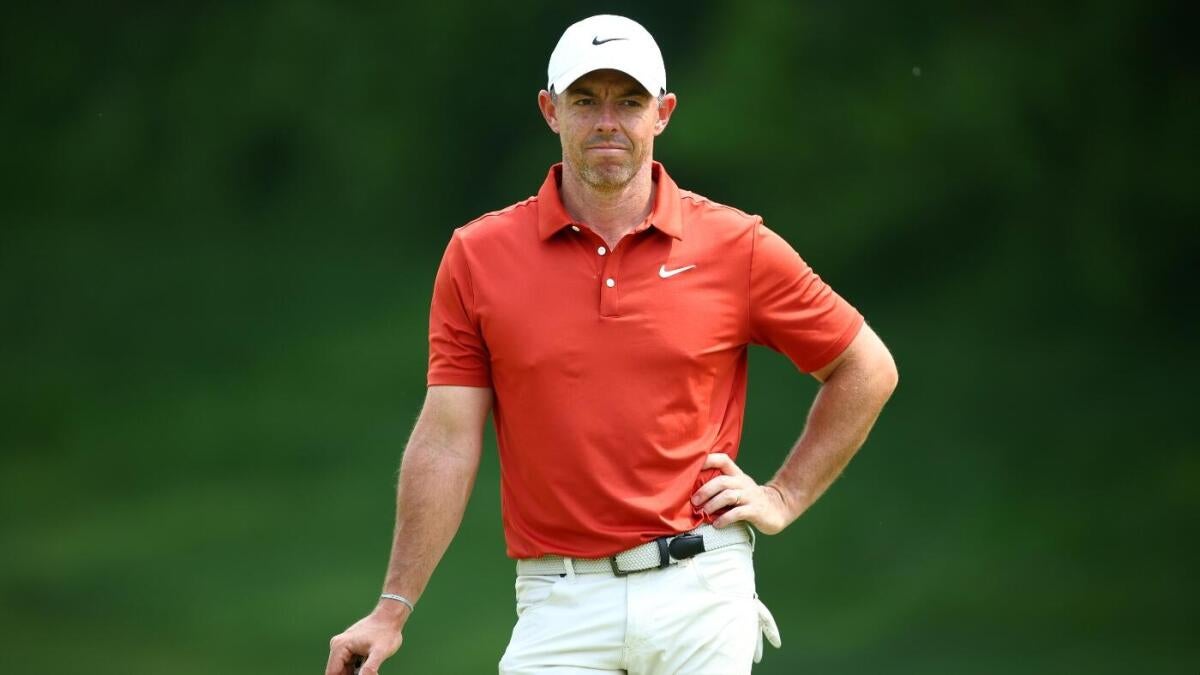Navigating the 2025 RBC Canadian Open: Rory McIlroy’s Journey Through Challenge and Reflection
Setting the Stage: A Critical Tune-Up Before Oakmont
The 2025 RBC Canadian Open presented itself as a pivotal opportunity — not just another tournament — for Rory McIlroy, a player deeply familiar with its turf and pressures. Having claimed the title twice before, McIlroy’s return to TPC Toronto was embedded with high expectations. Positioned strategically as the final rehearsal before the grueling U.S. Open at Oakmont, this tournament tested not only his physical game but the mental fortitude necessary to thrive at golf’s highest echelons.
McIlroy’s deliberate decision to rest prior to the Canadian Open, forsaking the Memorial Tournament, reflected a calculated approach: optimizing recovery and fine-tuning ahead of a demanding sequence that included the Canadian Open, U.S. Open, and Travelers Championship. This three-week window was designed to peak his performance right when it mattered the most. Yet, what unfolded was a narrative layered with struggle, adaptation, and introspection.
Strategic Shifts and the Weight of Equipment Changes
A defining subplot of McIlroy’s lead-up was his equipment adjustment—a switch to a new TaylorMade driver. This transitioned from what he described as a “failed driver test” at the 2024 PGA Championship, an admission that peeled back the polished veneer often associated with top-tier golfers. His openness about this challenge revealed the intricate dynamics between player confidence and gear reliability in professional golf.
The decision to change drivers was double-edged: while necessary to regain control off the tee, it introduced an element of unpredictability at a critical juncture. Driving consistency is foundational in a tournament like the Canadian Open, where course management heavily depends on trust in one’s club selection and swing rhythm. McIlroy’s willingness to make this change demonstrated adaptability, but also highlighted the delicate balance players maintain when experimenting close to majors.
On-Course Trials: Struggles Under the Microscope
Despite the strategic preparation, McIlroy’s performance deviated sharply from expectations. His quadruple bogey 8 was a vivid embodiment of his broader difficulties, resulting in a missed cut that punctuated the week with frustration. Such a stumble, rare for a player of his caliber in this setting, raised questions about his readiness for Oakmont’s famously demanding layout.
This performance contrast was striking in light of his past trajectory. Historically, McIlroy’s Canadian Open outings provided a solid springboard to U.S. Open success; after three missed U.S. Open cuts from 2016 to 2018 despite playing the Canadian Open beforehand, he then enjoyed six consecutive top-10 U.S. Open finishes with Canadian Open participation as part of his build-up. The 2025 result interrupted a trusted pattern, underscoring the unpredictable nature of form and confidence in professional golf.
Mental Resilience and Media Transparency: A New Chapter
Beyond the scorecard, McIlroy’s engagement with the media marked a significant moment. After a period of silence following the PGA Championship difficulties and driver change drama, he chose openness—addressing struggles, pressures, and the weight of public scrutiny with candidness. This break from silence was more than a media engagement; it was a strategic reset, a self-coaching tactic externalized through dialogue.
Such transparency adds depth to the narrative of athletic perseverance. It reveals that elite performance is as much about managing mental landscapes as it is about technical skill. McIlroy’s willingness to divulge vulnerabilities suggests a maturation in handling external pressures and serves to humanize one of the sport’s foremost figures. For fans and competitors alike, it’s a reminder that even champions wrestle with doubt and adversity.
The RBC Canadian Open: Tradition Meets Tactical Importance
The RBC Canadian Open’s significance in the PGA Tour calendar extends beyond its age and prestige. For McIlroy, it is a venue imbued with personal triumphs and tactical value. His victories in 2019 and 2022, coupled with consistent contention in recent years, have made it a reliable part of his preparatory journey. The 2025 field was strong, and McIlroy’s status as the marquee player reinforced the tournament’s role as a key proving ground.
This dynamic highlights how tournaments evolve into more than mere competitions—they become milestones in player legacies and strategic platforms for major preparations. The Canadian Open’s blend of tradition and test mirrors the broader sporting challenge: performing under historical weight while adapting to evolving demands.
Looking Ahead: Reflection as Fuel for Resilience
Rory McIlroy’s 2025 experience at the RBC Canadian Open stands as a vivid chapter in the ongoing story of elite golf performance. His setbacks, strategic changes, and openness represent a complex interplay of physical, technical, and psychological factors converging before one of the sport’s toughest challenges.
As he moves toward Oakmont, the lessons from Toronto are certain to resonate. The capacity to harness adversity, tune equipment choices, and maintain mental clarity will be crucial in converting this moment of reflection into a springboard for success. The Canadian Open’s role is reaffirmed—not only as a test of skill but as a crucible where resilience is forged, setting the stage for the drama and triumph yet to come.

